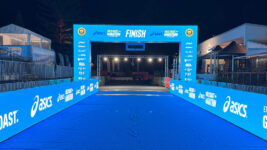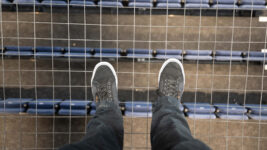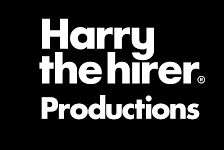News
23 May 2025
MOTHER’S LITTLE HELPER
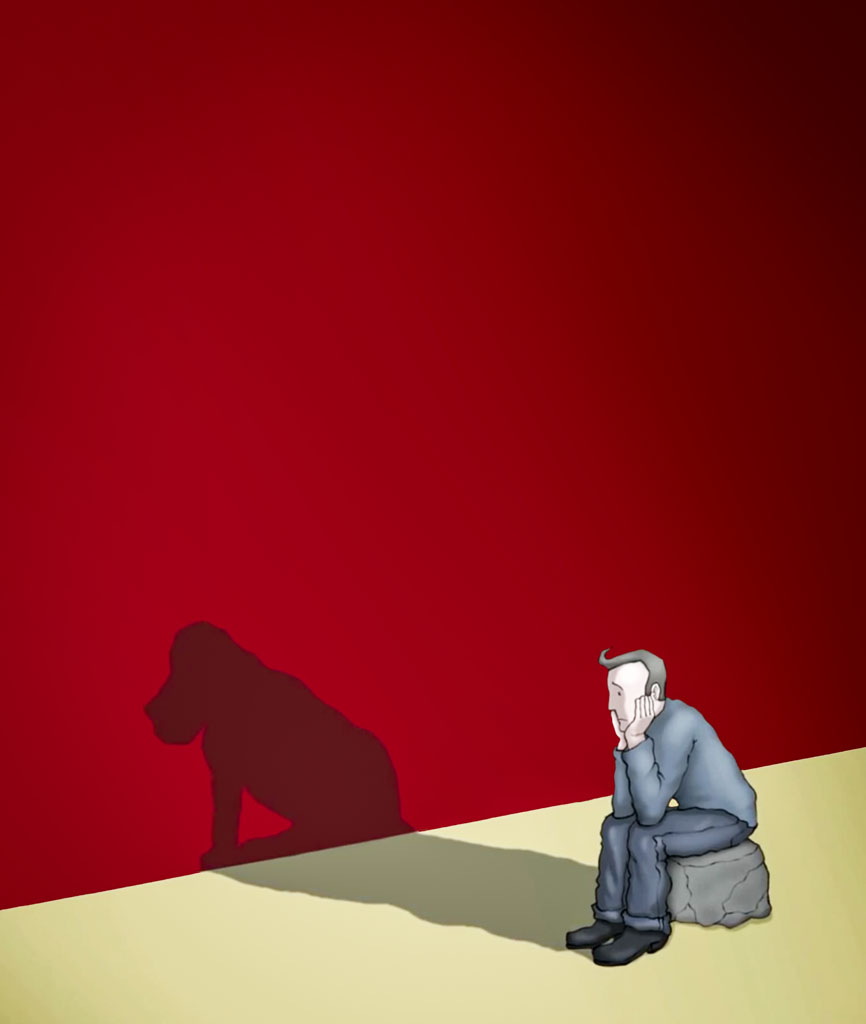
Subscribe to CX E-News
Snippets from the archives of a bygone era
I tend to avoid scrutinising the numerous health warning posters on the waiting room walls of my local medical centre or those plastered around my doctor’s surgery that suggest I may have one or more of their advertised ailments. However, one notice that caught my eye recently listed several medications that the surgery now refuses to prescribe because of their potential risks of dependency and misuse. This lit a wry smile on my face because two of those medications were regularly prescribed to me at various times in some of my darker days of the last millennium.
Some musicians, technicians, and industry professionals turn to drugs and alcohol to cope with the pressures of the industry, while others indulge because they are alienated from it or have not achieved certain goals. This discrepancy can often cue the black dog to amble into your life. Fortunately, it was never in my DNA to progress to the harder illicit drugs, but there were always prescription drugs and, of course, alcohol.
The 60s and 70s were gripped by the psychedelic and recreational drugs era; it was also a time when I read a lot of music and news magazines that were awash with articles about drug addiction, lives lost, and bad acid trips. One article detailed the experience of a teenager who, after experimenting with LSD, believed he was an orange, and after suffering the illusion of fleeing the fruit bowl, spent some time in hiding to avoid being eaten. The clincher for me was hearing a firsthand account from a friend, who told me about his acid trip at a discotheque. He related how an argument with a bartender became illusory when the bartender transfigured into a gorilla and chased him out of the venue and into the street, where buildings melted and flowed into the gutters. That was enough to convince me never to touch the stuff!
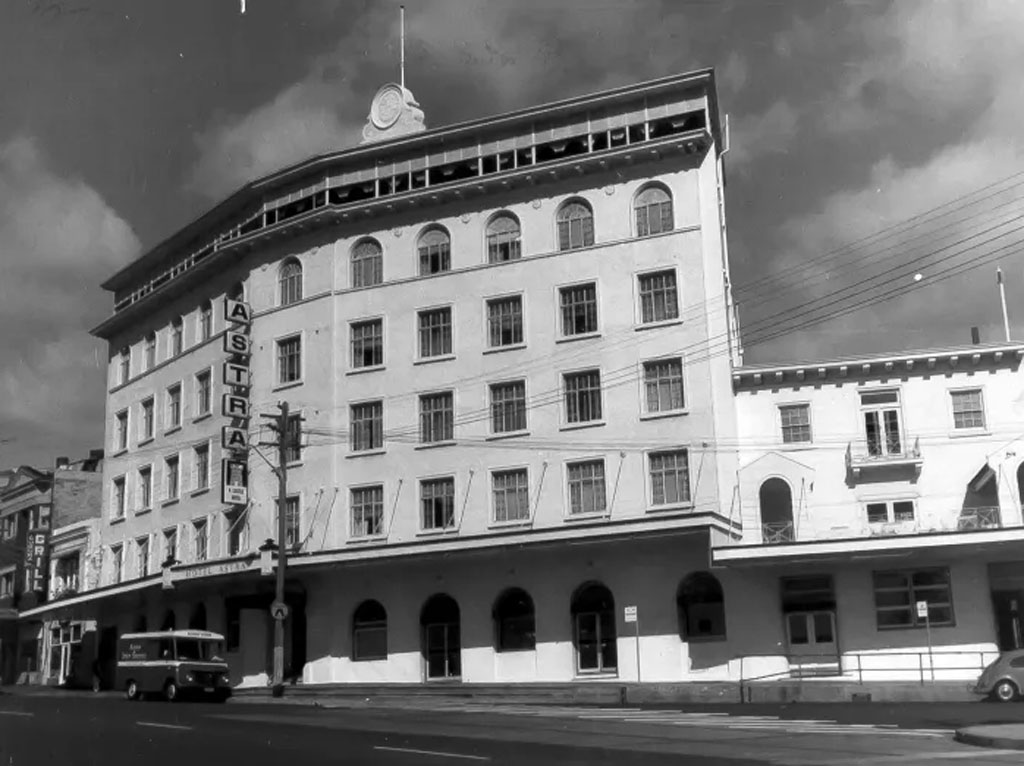
In one of my earlier band stints, some of the members would drop acid, but I’d never learn about it until long after the gig. It wasn’t that I was a clean and sober goody two-shoes, but the band knew I wasn’t into microdots, speed, or any of the opiates. There was a gig at the legendary Bondi Astra (now a retirement village), where we had indulged in a session before the first set, and during the performance, the second guitarist was actually playing a different song to the rest of us. Alcohol was always in the mix, and once after attending one of Sydney’s annual Rocks Pub Crawls, the entire band was so inebriated that when we performed at our regular gig, the cacophony that emanated from the stage was barely intelligible as music.
In my last rock band, Main Earth, which performed up until 1981, not one member of the group used any sort of stimulant apart from a few beers during the breaks. There was one booking, however, where the band thought that a gig at the Enfield Boulevard Hotel was so important that they came to my house, where I was bedridden with the flu, and dragged me out of bed to do the gig. I was the lead singer, but my throat was so sore I could barely talk. It was a cold wintry night, so I wrapped a scarf around my neck, bought a bottle of port wine from the bottle shop, and drank the entire contents during the show. The band members and our faithful band of followers said it was my best performance ever. I decided to keep the scarf in the act, but I abandoned the port.
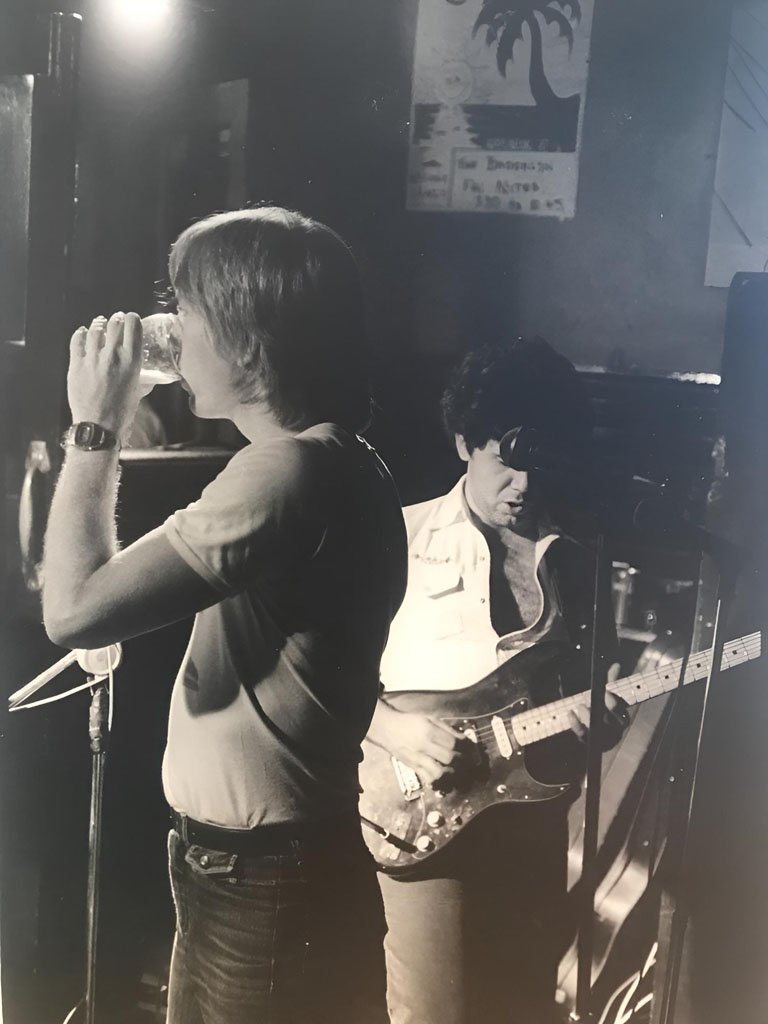
Performing on stage, mixing front of house, installing equipment, and entertainment management generally kept me happy, but returning from working overseas for four years and seeing the decline of pub rock in Australia in the late 80s, I found myself out of work and alienated from the industry. In desperation, I bought a jukebox with the intention of starting a jukebox hire business. It was a 1962 Seeburg, similar to the 1952 model that was featured in the TV sitcom Happy Days. The jukebox became a prized possession that propelled me into a kind of 60s nostalgia, and I totally restocked it with brand new 60s records, which were repressed 45 RPM singles that I purchased from a store called Discontinued Records. Not surprisingly, they were mostly Motown and other soul artists’ recordings.
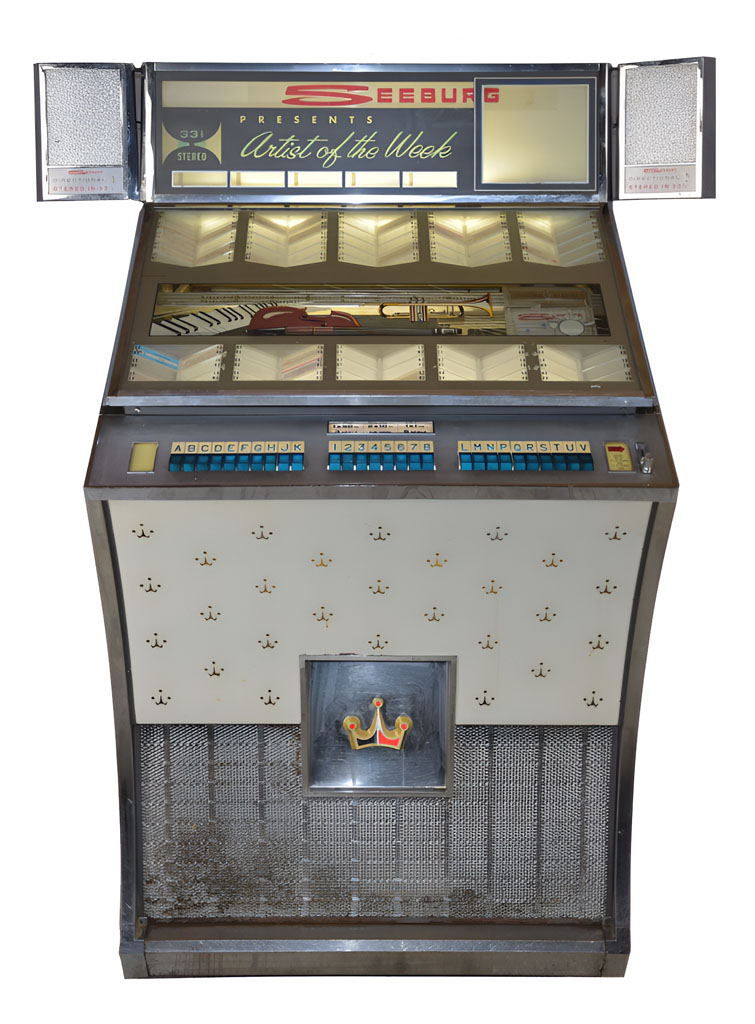
After hiring the jukebox out on only two occasions, I pulled the plug, owing to the misuse by drunken punters who dropped cigarette ash and spilt beer onto it. Additionally, it was a heavy beast that I had to load in and out of a van and move around with a fridge trolley. These weren’t happy days for me, and unlike Manila’s bar and nightclub scene, I found Sydney entertainment venues were about as entertaining as an airport departure terminal. So I mostly stayed at home on weekends, often lazing around listening to the sounds of the Supremes, Marvin Gaye, James Brown, Otis Redding, etcetera on my jukebox while indulging in beer and dry martinis.
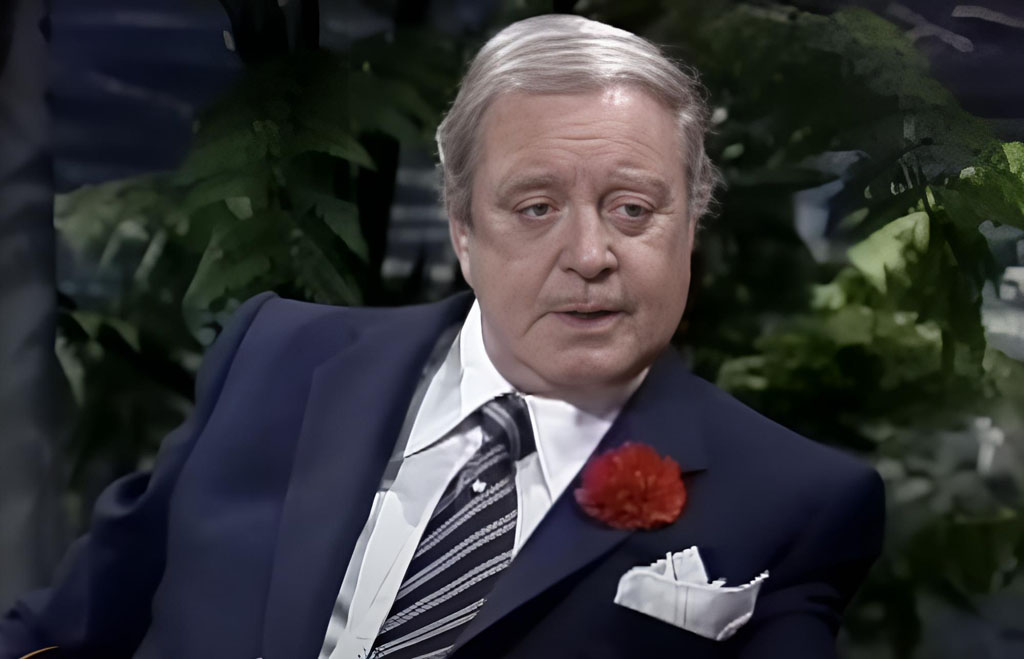
One of my all-time comic heroes, Jackie Gleason, once told Johnny Carson in an interview, “I’m not advocating that everybody should drink; it just worked for me.” It was a bit like that with me; however, to deal with anxiety and depression issues at the time, a doctor prescribed benzodiazepines – mother’s little helper*. The first of these had side effects, so I was then prescribed a milder version.
Eventually, I wanted to ditch the pills, so another doctor recommended hypnotherapy, and I was given a referral to a professional.
I poured my heart out to this guy, and after a pregnant pause, he said, “Well, you’re not mad!” He then said I should see a hypnotherapist, and I said, “I thought you were one!” He said, “No, I’m a psychiatrist.” He then wrote me a referral to a professor of psychiatry who specialised in hypnotherapy. The sessions included hypnosis and self-hypnosis, and also a novelty session of hypnotic anaesthesia, where he inserted and clipped a safety pin to the back of my hand to prove that control of the mind could even overcome pain. I still use the self-hypnosis technique today, mostly to get to sleep at night.
However, that’s not where the story ends. At the turn of the century, I booked an airline ticket to Manila to be with my wife, who had been ill. I don’t fly well at the best of times; in fact, I have an intense hatred of everything associated with air travel. I despise the long lines at the terminals, the indignant customs and immigration officials, and the pretentiousness of the flight attendants, who seem to dignify serving tasteless food and lukewarm beer to wearisome passengers, intermingled with dishing out vomit bags and contending with drunken behaviour while being bounced around in the confines of a grandiose tin can. So, I asked my doctor for something to help me sleep on the flight, and once again I was in possession of mother’s little helper.
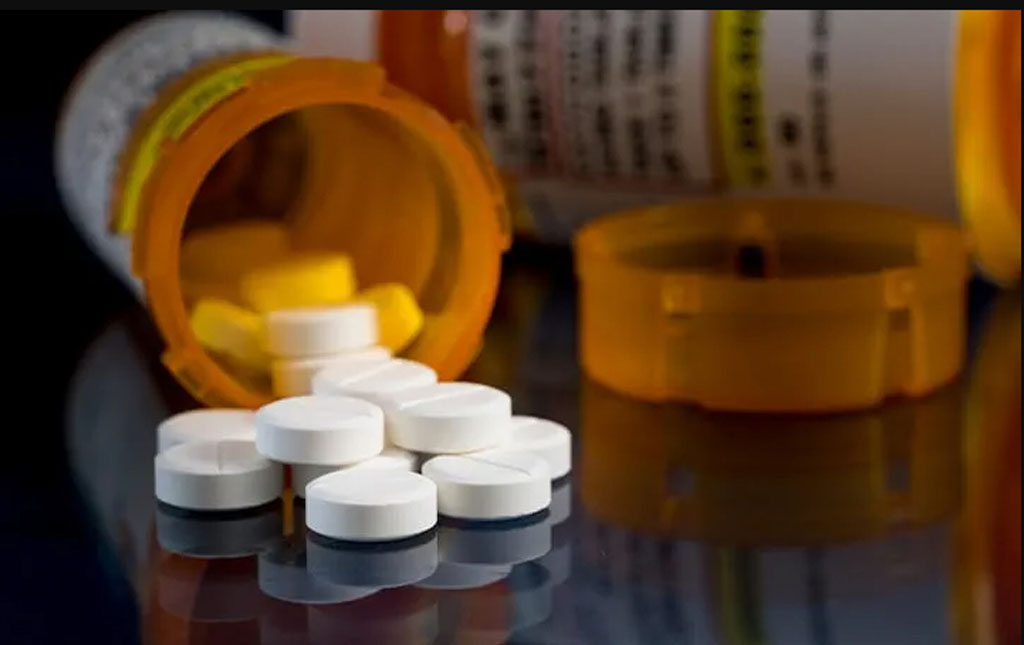
I arrived at the airport early after dropping a couple of pills; however, the flight was delayed, and I spent the time drinking beer in the VIP lounge. My last memory was that of boarding the plane, which was half empty, and bedding down on three vacant seats in the centre row. My next memory was of someone knocking loudly on the aeroplane’s toilet door, demanding that I open it. I was confused and couldn’t even remember how I got there. When I opened the door, there, standing in the empty aeroplane, was a Filipino security guard. I had slept for the entire 8-hour flight and had no idea how long I’d been in the can. The security guard told me to get my cabin luggage and hand him my passport. I felt a kind of déjà vu as I had been detained and grilled at Ho Chi Minh airport some years before. However, I wasn’t being detained; I was being ushered through customs and immigration by the security guard, who then located my hotel transfer vehicle and bid me a fine farewell. What a nice guy! Needless to say, I have never since bothered with mother’s little helper.
*The term mother’s little helper, although not invented by The Rolling Stones, was popularised by their 1965 hit single of the same name.
Main Illustration by Matthew Johnstone for the book I Had a Black Dog
Subscribe
Published monthly since 1991, our famous AV industry magazine is free for download or pay for print. Subscribers also receive CX News, our free weekly email with the latest industry news and jobs.

